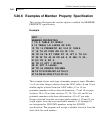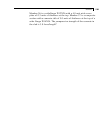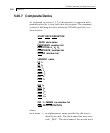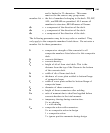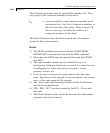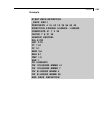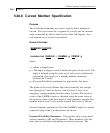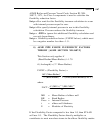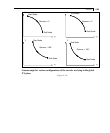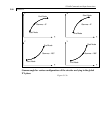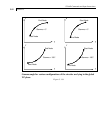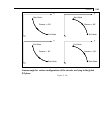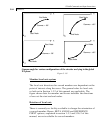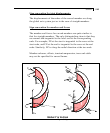
STAAD Commands and Input Instructions
Section 5
5-88
Notes:
1)
The input for defining the curved member involves 2 steps.
The first is the member incidence, which is the same as that for
a straight line member. The second is the command described
above, which indicates that the segment between the 2 nodes
of the member is curved, and not a straight line.
2)
Any non-tapered cross section property currently available in
STAAD can be assigned to these members.
3)
Currently, two load types are permitted on curved members.
One is the SELFWEIGHT load type, described in Section
5.32.9 of the STAAD.Pro Technical Reference manual. The
other is the UNIformly distributed load type of the MEMBER
LOAD options explained in Section 5.32.2 of the same manual.
The uniformly distributed load has to be applied over the full
span of the member. Other member loads such as LINEAR,
TRAP, CONCENTRATED force or moment, UNIFORM
moment, etc. are not currently supported. These options are
expected to become available in future versions of the
program.
4)
Some of the other member load types such as PRESTRESS,
TEMPERATURE, STRAIN loads, etc. are also not currently
supported. These options too are expected to become available
in future versions of the program.
5)
The results of the analysis currently consist of the nodal
displacements of the ends of the curved member, and the
member end forces. The nodal displacements are in the global
coordinate system. The member end forces are in the local
coordinate system, with each end of the member having its
own unique local axis system. Results at intermediate sections,
such as sectional displacements, and sectional forces will be
available in future versions of the program.



